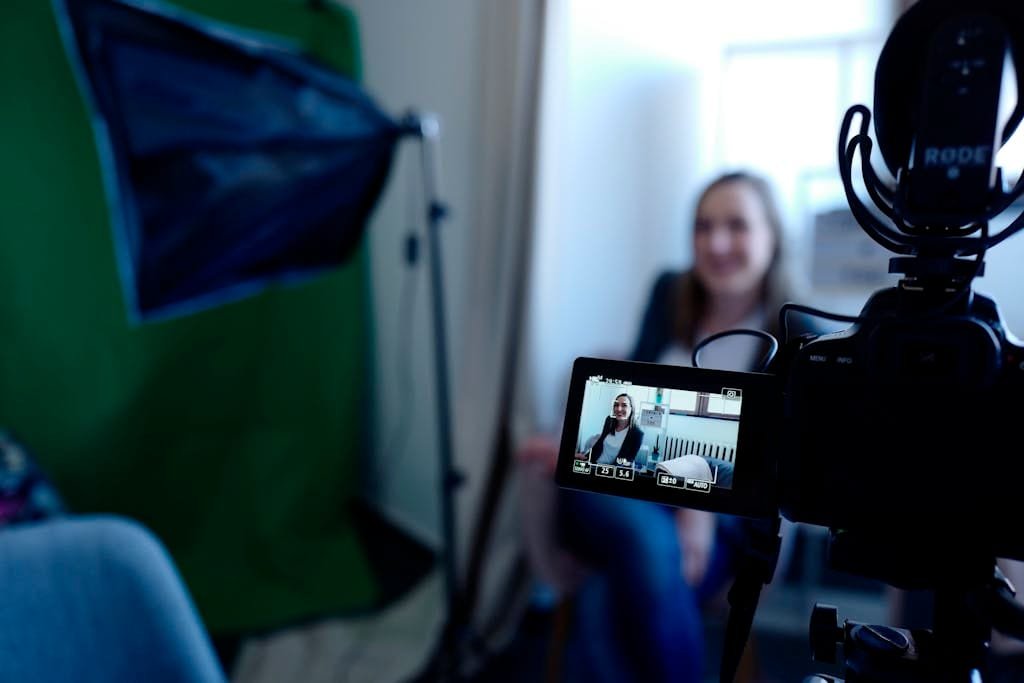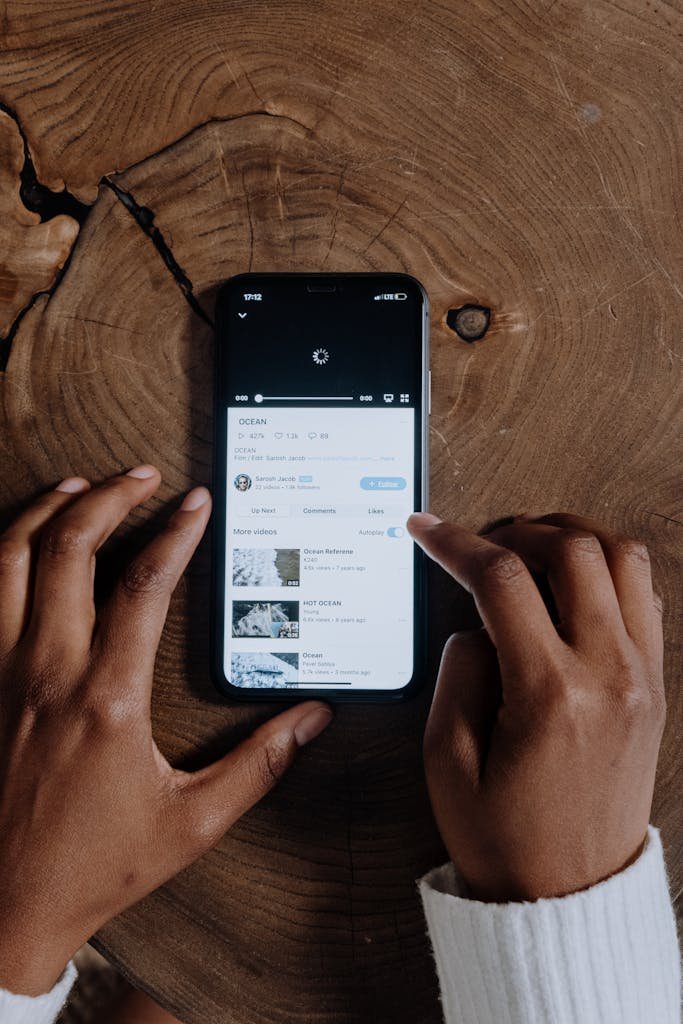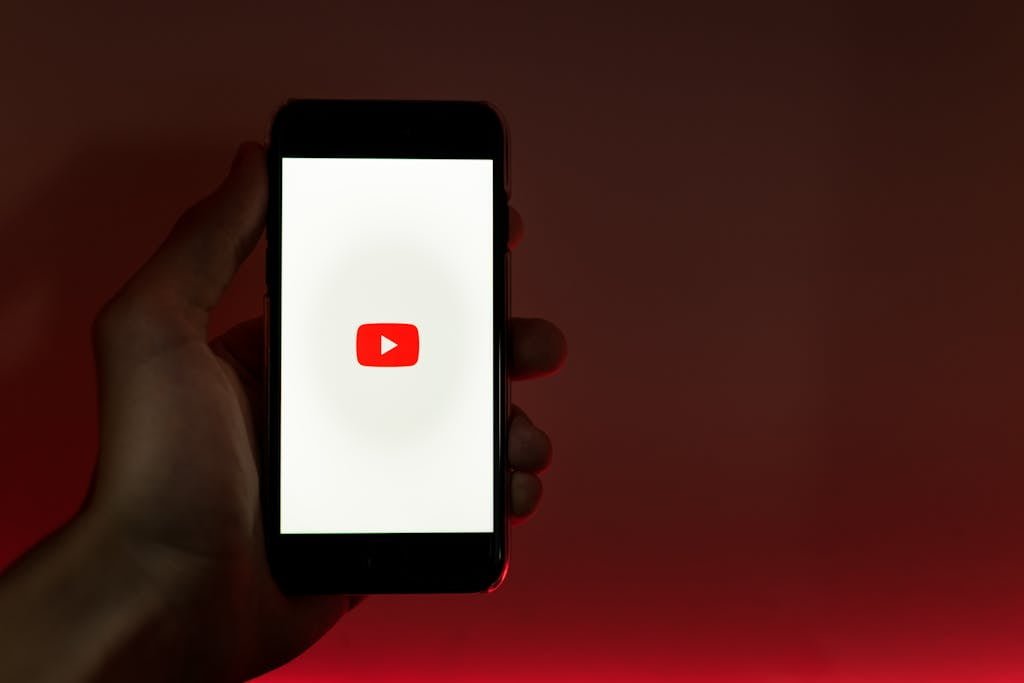LinkedIn has become an essential tool for professionals seeking to expand their network, generate leads, and ultimately drive business growth. However, the key to leveraging LinkedIn effectively lies in having a well-structured prospecting workflow.
This article will delve into the intricacies of creating an effective LinkedIn prospecting workflow, ensuring that your efforts are optimized for maximum results.
Table of Contents
ToggleUnderstanding LinkedIn Prospecting
LinkedIn prospecting involves identifying and engaging with potential clients or business partners on the LinkedIn platform. It’s a strategic approach that combines networking, content marketing, and direct outreach to build relationships and generate leads.
Why LinkedIn?
LinkedIn is unique among social media platforms because it is specifically designed for professional networking. With over 700 million users, it offers a vast pool of potential prospects.
Additionally, LinkedIn provides various tools and features that facilitate targeted prospecting, making it an invaluable resource for businesses and professionals alike.
Setting Up Your LinkedIn Profile
Before you begin prospecting, it’s crucial to ensure that your LinkedIn profile is fully optimized. Your profile serves as your digital business card, and a well-crafted profile can significantly enhance your credibility and attractiveness to potential prospects.
Profile Picture and Banner
- Profile Picture: Use a high-quality, professional headshot.
- Banner: Customize your banner to reflect your brand or business.
Headline and Summary
- Headline: Craft a compelling headline that clearly states your professional identity and value proposition.
- Summary: Write a concise and engaging summary that highlights your expertise, achievements, and what you offer to potential clients or partners.
Experience and Skills
- Experience: Detail your professional experience, focusing on roles and achievements relevant to your current prospecting goals.
- Skills: List skills that are pertinent to your industry and endorse others to build credibility.
Identifying Your Target Audience
Effective prospecting begins with a clear understanding of your target audience. Knowing who you want to connect with will help you tailor your approach and increase the likelihood of successful engagements.
Defining Your Ideal Prospect
- Industry: Identify the industries that are most relevant to your business.
- Job Titles: Determine the job titles of individuals who are most likely to benefit from your products or services.
- Geographic Location: Consider the geographic regions where your ideal prospects are located.
Using LinkedIn’s Search Filters
LinkedIn offers advanced search filters that allow you to narrow down your search based on various criteria, such as industry, job title, location, and more. Utilize these filters to create a targeted list of potential prospects.
Building Your Network
Once you’ve identified your target audience, the next step is to start building your network. This involves sending connection requests, engaging with content, and participating in relevant groups.
Sending Connection Requests
- Personalized Messages: Always include a personalized message when sending connection requests. Mention a common interest or explain why you want to connect.
- Follow-Up: If a connection request is accepted, follow up with a thank-you message and a brief introduction.
Engaging with Content
- Like and Comment: Engage with your prospects’ posts by liking and commenting. This helps to build rapport and keeps you on their radar.
- Share Valuable Content: Share content that is relevant to your industry and valuable to your network. This positions you as a thought leader and attracts potential prospects.
Participating in Groups
Join LinkedIn groups that are relevant to your industry or target audience. Participate in discussions, share insights, and connect with group members to expand your network.
Crafting Effective Outreach Messages
The success of your LinkedIn prospecting efforts largely depends on the quality of your outreach messages. Crafting personalized, engaging, and value-driven messages is key to capturing the attention of your prospects.
Personalization
Personalization is crucial in making your outreach messages stand out. Use the prospect’s name, mention mutual connections or shared interests, and reference specific details from their profile.
Value Proposition
Clearly articulate the value you can offer to the prospect. Explain how your product or service can solve their problems or help them achieve their goals.
Call to Action
Include a clear call to action (CTA) in your message. Whether it’s scheduling a call, downloading a resource, or visiting your website, make it easy for the prospect to take the next step.
Following Up
Following up is an essential part of the prospecting process. It demonstrates your persistence and commitment to building a relationship.
Timing and Frequency
- Initial Follow-Up: Send a follow-up message if you haven’t received a response within a week.
- Subsequent Follow-Ups: Space out your follow-up messages to avoid coming across as pushy. A good rule of thumb is to wait at least a week between follow-ups.
Content of Follow-Up Messages
- Reminder of Value: Remind the prospect of the value you can offer.
- New Information: Provide new information or insights that may be of interest to the prospect.
- Polite and Professional: Always maintain a polite and professional tone in your follow-up messages.
Tracking and Measuring Success
To ensure that your LinkedIn prospecting workflow is effective, it’s important to track and measure your success. This involves monitoring key metrics and making data-driven adjustments to your strategy.
Key Metrics to Track
- Connection Acceptance Rate: The percentage of connection requests that are accepted.
- Response Rate: The percentage of outreach messages that receive a response.
- Engagement Rate: The level of engagement (likes, comments, shares) on your content.
- Conversion Rate: The percentage of prospects that convert into leads or clients.
Analyzing and Adjusting Your Strategy
Regularly review your metrics to identify areas for improvement. Adjust your approach based on what’s working and what’s not.
This may involve refining your target audience, tweaking your outreach messages, or experimenting with different types of content.
Leveraging LinkedIn Tools and Features
LinkedIn offers a variety of tools and features that can enhance your prospecting efforts. Familiarize yourself with these tools and incorporate them into your workflow.
LinkedIn Sales Navigator
LinkedIn Sales Navigator is a premium tool designed specifically for sales professionals. It offers advanced search capabilities, lead recommendations, and insights that can help you identify and engage with potential prospects more effectively.
LinkedIn InMail
LinkedIn InMail allows you to send messages to users who are not in your network. This can be a valuable tool for reaching out to high-value prospects who may be difficult to connect with through standard connection requests.
LinkedIn Analytics
LinkedIn Analytics provides insights into the performance of your content and engagement with your profile. Use this data to refine your strategy and improve your prospecting efforts.
Best Practices for LinkedIn Prospecting
To maximize the effectiveness of your LinkedIn prospecting workflow, it’s important to follow best practices. These guidelines will help you build strong relationships and achieve your prospecting goals.
Consistency
Consistency is key to successful prospecting. Dedicate time each day or week to prospecting activities, such as sending connection requests, engaging with content, and following up with prospects.
Authenticity
Be authentic in your interactions. Genuine engagement and personalized messages are more likely to resonate with prospects and lead to meaningful connections.
Value-Driven Approach
Always focus on providing value to your prospects. Whether it’s through insightful content, helpful advice, or valuable resources, demonstrate that you are invested in their success.
Patience and Persistence
Prospecting is a long-term endeavor that requires patience and persistence. Don’t get discouraged by initial setbacks or lack of responses. Stay committed to your workflow and continuously refine your approach.
Conclusion
Creating an effective LinkedIn prospecting workflow requires a strategic approach, attention to detail, and a commitment to building genuine relationships.
By optimizing your profile, identifying your target audience, crafting personalized outreach messages, and leveraging LinkedIn’s tools and features, you can enhance your prospecting efforts and achieve your business goals.
FAQ
1. How can I optimize my LinkedIn profile for prospecting?
To optimize your LinkedIn profile for prospecting, ensure that you have a professional profile picture, a compelling headline, and a detailed summary that highlights your expertise and value proposition. Additionally, list relevant experience and skills, and seek endorsements from your network.
2. What are the best practices for sending connection requests on LinkedIn?
When sending connection requests, always include a personalized message that explains why you want to connect. Mention common interests or mutual connections, and follow up with a thank-you message if your request is accepted.
3. How often should I follow up with prospects on LinkedIn?
It’s recommended to send an initial follow-up message if you haven’t received a response within a week. Subsequent follow-ups should be spaced out by at least a week to avoid coming across as pushy. Always maintain a polite and professional tone in your follow-up messages.
4. What tools can I use to enhance my LinkedIn prospecting efforts?
LinkedIn Sales Navigator, LinkedIn InMail, and LinkedIn Analytics are valuable tools that can enhance your prospecting efforts. Sales Navigator offers advanced search capabilities and lead recommendations, InMail allows you to message users outside your network, and Analytics provides insights into your content performance and engagement.
5. How can I measure the success of my LinkedIn prospecting workflow?
Track key metrics such as connection acceptance rate, response rate, engagement rate, and conversion rate to measure the success of your LinkedIn prospecting workflow. Regularly review these metrics and make data-driven adjustments to your strategy to improve your results.
By following these guidelines and best practices, you can create an effective LinkedIn prospecting workflow that drives business growth and helps you achieve your professional goals.







